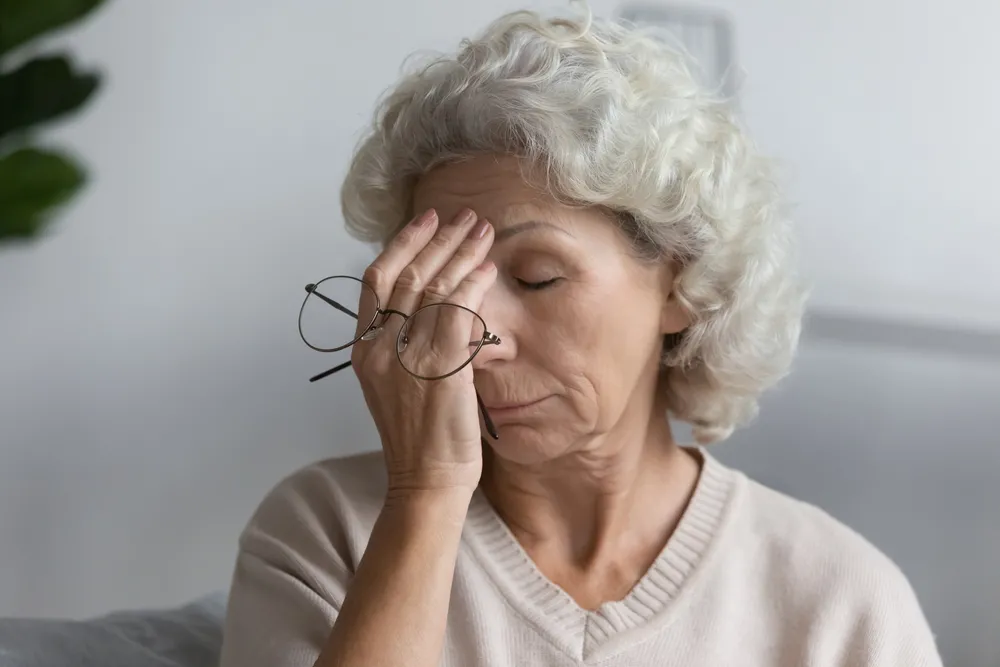When you turn 65, everyone suddenly wants to talk about Medicare. But what they don’t tell you? That there’s a whole hidden menu of government perks, programs, and secret hacks just sitting there like unclaimed lottery tickets. We’re talking real help—stuff that can slash your bills, upgrade your home, even get you a part-time gig that doesn’t require you to say “Welcome to Walmart.”
So if you’re newly minted as a card-carrying senior (or just creeping toward that magical number), consider this your cheat sheet. Because aging might come with more back pain and mail from AARP, but it also comes with benefits no one’s advertising on billboards. Let’s dig in.
1. Medicare Savings Programs (MSPs)

If you’re on Medicare and your income is on the lower side, MSPs can be a game-changer. These programs help pay for your Medicare Part A and B premiums, and sometimes even deductibles and co-pays. In California, for instance, if your annual income is less than $21,597 for an individual, you might qualify. Even if you think you earn too much, it’s worth applying because states have different rules and might not count certain income sources.
Applying is straightforward—you’ll go through your state’s Medicaid office. And here’s a tip: even if you’re just over the income limit, some states have programs that still offer partial assistance. It’s like finding a coupon for your healthcare expenses! A lot of folks skip this thinking it’s “just for the very poor,” but that’s not true—eligibility thresholds are more flexible than you’d think. Plus, MSP enrollment can automatically get you into Extra Help for prescription drug costs. According to Medicare.gov, millions of eligible seniors leave this money on the table every year.
2. Supplemental Security Income (SSI)
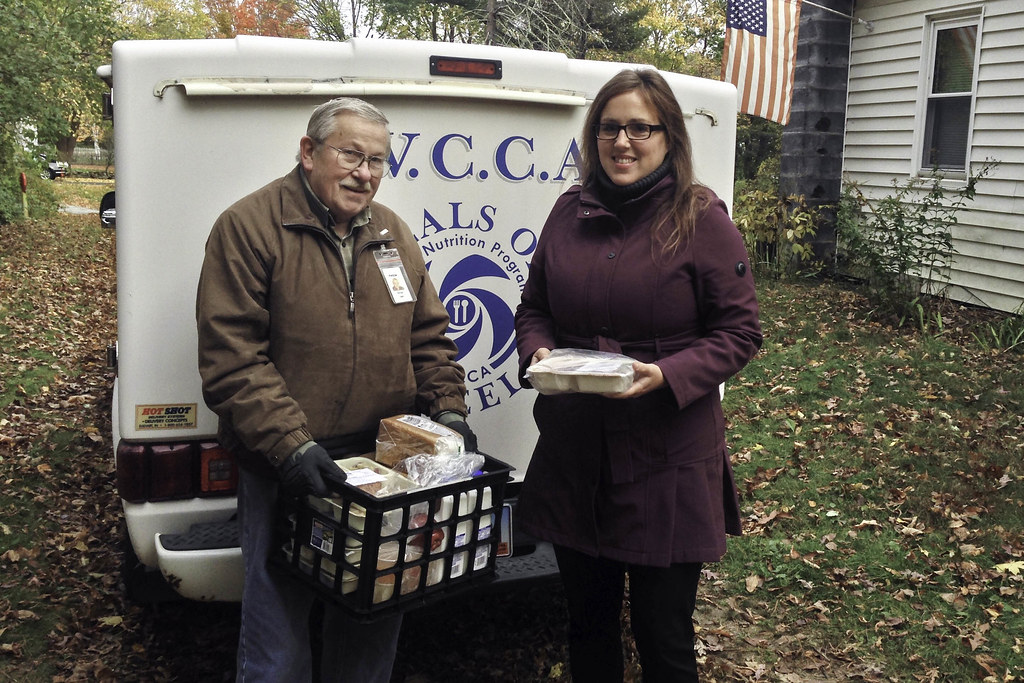
SSI isn’t just for those with disabilities; if you’re 65 or older with limited income and resources, you might be eligible. The program provides monthly payments to help cover basic needs like food, clothing, and shelter. As of 2025, the maximum federal benefit is $943 per month for individuals.
To qualify, your income and assets need to be below certain limits. For individuals, that’s typically under $2,000 in assets, not counting your home and one vehicle. And good news: recent changes mean that certain types of assistance, like food benefits, won’t count against your eligibility. This is especially useful if you’re getting SNAP or energy aid—it won’t knock you out of the running. SSI benefits can also qualify you for Medicaid in many states. KFF.org says over 2 million older adults qualify but never apply—wild, right?
3. Senior Farmers’ Market Nutrition Program (SFMNP)
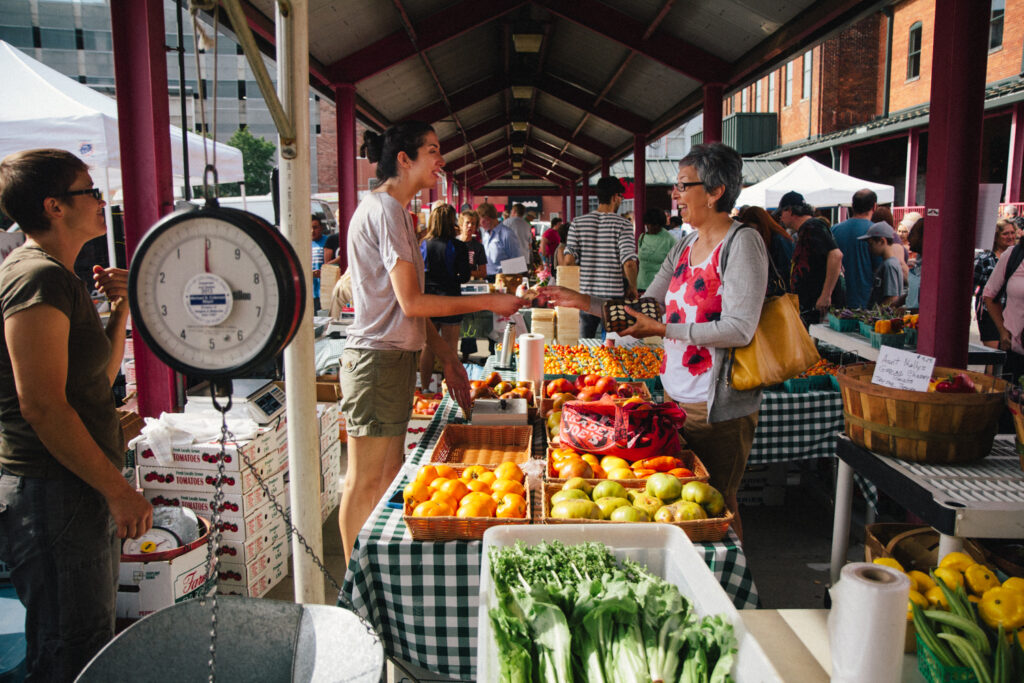
Love fresh produce? SFMNP provides low-income seniors with coupons to buy fresh fruits, vegetables, honey, and herbs at local farmers’ markets. If you’re 60 or older and your income is at or below 185% of the federal poverty level, you’re likely eligible.
In California, for example, participants receive a booklet of coupons worth $20 per year. It’s a win-win: you get healthy food, and local farmers get your support. Just check with your local Area Agency on Aging to find out how to apply. The best part? These programs often partner with local food hubs, so you’re not stuck with sad carrots—you’ll find fresh, local, Instagram-worthy produce. If you’ve never felt seen at a farmers’ market before, this could be your moment. The USDA’s Food and Nutrition Service keeps a searchable directory to help you find one near you.
4. Lifeline Program
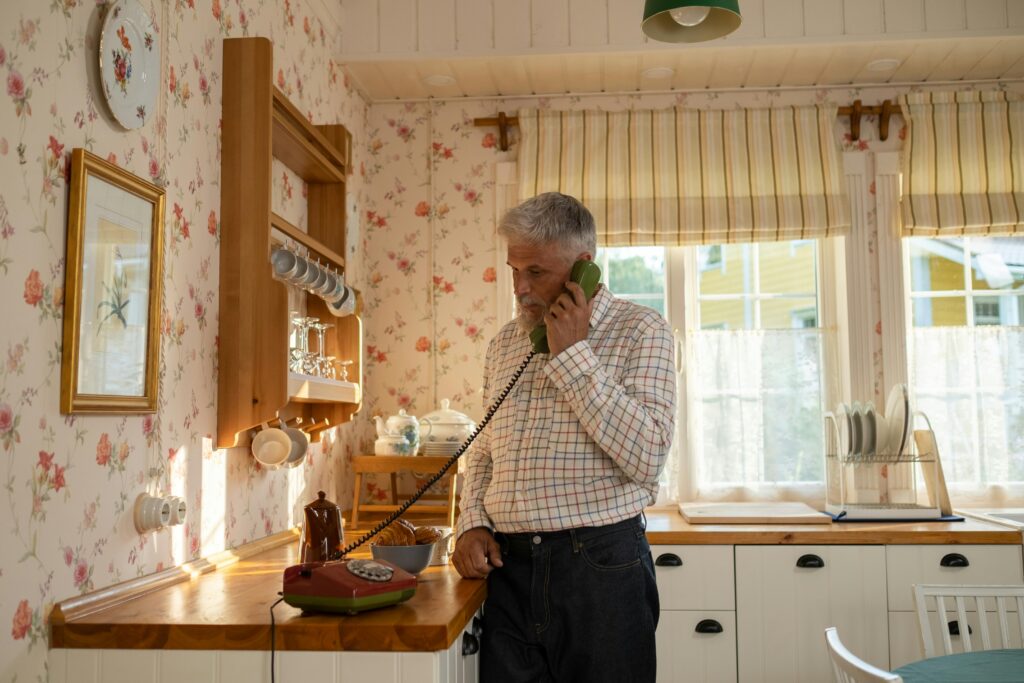
Staying connected is crucial, and the Lifeline program helps make phone and internet services more affordable. If your household income is at or below 135% of the federal poverty guidelines, or if you participate in certain assistance programs, you could qualify for a monthly discount.
In California, the program is known as California LifeLine, and it offers additional discounts on home and cell phone services. Applying is simple, and the savings can add up, making it easier to stay in touch with loved ones and access essential services. And yes—it even covers basic smartphones and wireless plans, so you don’t have to be stuck with a flip phone from 2009. Pro tip: bundle it with Affordable Connectivity Program (ACP) benefits if you qualify, and you could slash your bill to almost nothing. According to the Universal Service Administrative Company, the average savings is about $9.25/month—and more in some states.
5. Low Income Home Energy Assistance Program (LIHEAP)

Energy bills can be a burden, especially on a fixed income. LIHEAP helps low-income households cover heating and cooling costs. Eligibility varies by state, but generally, if you’re struggling to pay your energy bills, it’s worth checking out.
In California, LIHEAP can provide a one-time payment to help with your energy expenses. The program is federally funded but administered locally, so you’ll need to apply through your local agency. It’s a great way to get some relief during extreme weather months. Bonus: some states even offer crisis support if your power is about to get shut off. It’s not just heat and AC either—some areas cover furnace repairs and energy efficiency improvements. According to USAGov, all it takes is one quick application to potentially save hundreds every year.
6. Property Tax Relief Programs
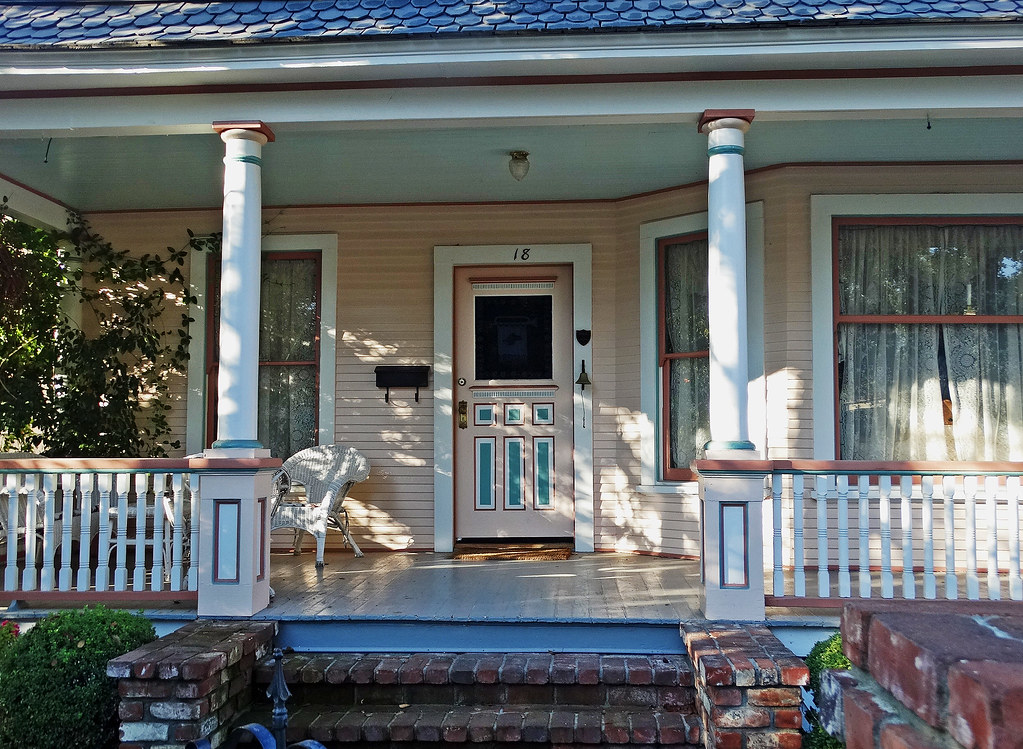
Owning your home should come with fewer financial headaches, not more. Thankfully, most states offer property tax relief for seniors that can freeze, reduce, or even refund a portion of your bill. These programs go by different names—circuit breakers, homestead exemptions, tax deferrals—but the goal is the same: don’t let rising property taxes push you out of your own house.
Some states base eligibility on income, others just on age. And some will even let you defer payment until you sell the house (or, you know, leave it to the grandkids). You might have to reapply each year, which sounds annoying, but it’s basically a 10-minute form in exchange for hundreds or even thousands of dollars. Pro tip: county tax offices are the unsung heroes here—they’ll walk you through it if you ask nicely. If your house has become more expensive to own than to live in, this is your lifeline. Also, the sooner you apply, the sooner you can stop stress-scrolling Zillow at 2 a.m. looking for cheaper homes in Ohio.
7. Free Transportation Services

Contrary to popular belief, turning 65 doesn’t automatically make you bad at driving—but it does make you eligible for free or low-cost rides. Cities and counties often have dial-a-ride or paratransit services just for seniors, and they’re not just for medical appointments. You can use them to get to the grocery store, visit friends, or go see your grandkid’s chaotic school play.
The rides usually need to be scheduled a day or two in advance, and yes, you might have to share the van with someone who’s chatty before 9 a.m. But it beats sitting in traffic or paying surge pricing on a rideshare app. Some cities even offer vouchers or reimbursements for taxis and Ubers if you’re eligible. It’s not glamorous, but it’s wildly practical. And when gas is $6 a gallon, practicality is pretty damn sexy. Take the ride. Tip your driver. Bring snacks.
8. Free Legal Aid

Getting older sometimes means dealing with more paperwork and more problems—wills, housing disputes, elder abuse, benefits denials. The good news? There are legal aid programs specifically for seniors that offer help for free (or close to it). You don’t have to pay $300/hour just to understand your lease or update a power of attorney.
Most states fund senior-focused legal services through local agencies or nonprofits, and they specialize in the kind of issues that come up in retirement. If you’re being harassed by a landlord, denied Medicaid, or need to contest a guardianship, they’ve got your back. Even stuff like understanding Medicare rules or fending off sketchy debt collectors can fall under their umbrella. Don’t wait until it’s a crisis—these folks would love to help before things get messy. You’ll feel ten pounds lighter after that consultation. Bonus: you get to drop phrases like “my attorney said…” at dinner, which instantly raises your power level.
9. Senior Community Service Employment Program (SCSEP)
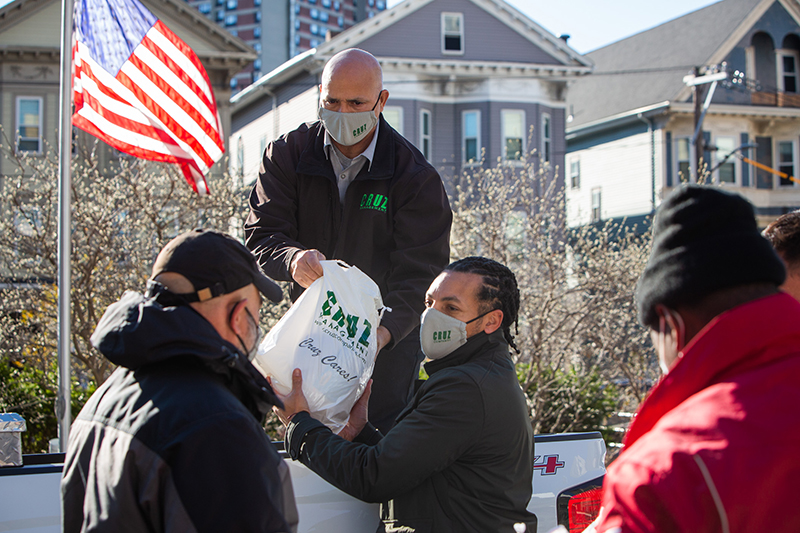
Want to work part-time without selling your soul to a big-box store? SCSEP might be your dream side gig. It’s a federally funded program that trains older adults for part-time community service jobs at nonprofits, libraries, senior centers, and more. You get paid minimum wage, but the real perk is flexibility and purpose.
You don’t need a resume full of tech skills or a flawless credit score to qualify. Just be 55 or older, meet income requirements, and be looking for work. This is especially clutch for folks who’ve been out of the workforce for a while but still want some income—or just a reason to leave the house that isn’t “more errands.” It’s not just about earning; it’s about staying connected and relevant. You’ll get job coaching, interview prep, and actual human interaction that doesn’t involve a call center. Plus, nothing says “I still got it” like mentoring at the library while wearing your favorite cardigan.
10. Weatherization Assistance Program (WAP)
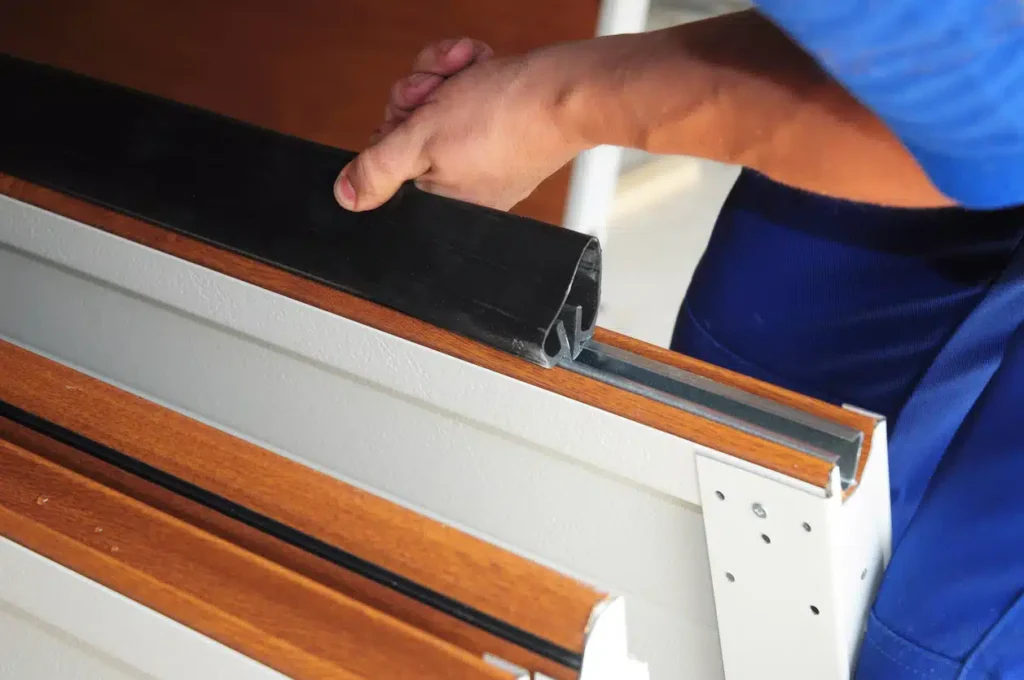
You know what’s fun? A warm, cozy house in winter and a cool, breezy one in summer. You know what’s not fun? Watching your utility bills spike because your house leaks air like a deflating bounce castle. That’s where WAP comes in—this government program sends energy efficiency experts to your home to install upgrades for free.
Think: insulation, caulking, weather-stripping, even replacing busted furnaces or old fridges. It’s like a home makeover show, except no one shames you on national TV. If you qualify, you could see your energy bill shrink noticeably within a month. And the upgrades don’t just help you—they boost your home’s value, too. Most states prioritize seniors, especially if you’re on a fixed income. So yes, your drafty windows and creaky vents could finally get the glow-up they deserve. No sledgehammer required.
11. State Pharmaceutical Assistance Programs (SPAPs)
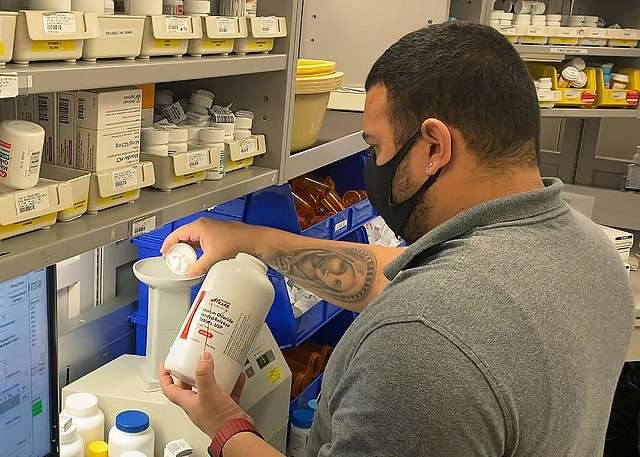
Yes, Medicare Part D covers drugs. No, it doesn’t cover everything. That’s where SPAPs come in—these state-level programs help fill in the gaps by lowering out-of-pocket costs for prescriptions. Some states even cover premiums, deductibles, or the infamous “donut hole” of Part D coverage.
You don’t need to be on Medicaid to qualify—just meet income guidelines, which are usually way more generous than you’d expect. And these programs often include meds that aren’t covered by regular Part D plans, especially for chronic conditions. If you take multiple prescriptions, the savings add up fast. Applying is usually a quick form and a copy of your Medicare card. Your pharmacist will be thrilled you figured this out. And honestly, so will your wallet. Now go treat yourself to something fun—with the money you didn’t spend on statins.
This article is for informational purposes only and should not be construed as financial advice. Consult a financial professional before making investment or other financial decisions. The author and publisher make no warranties of any kind.





